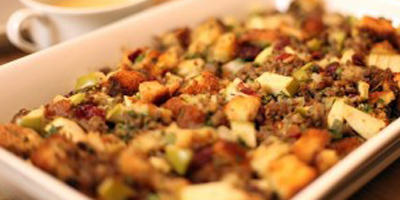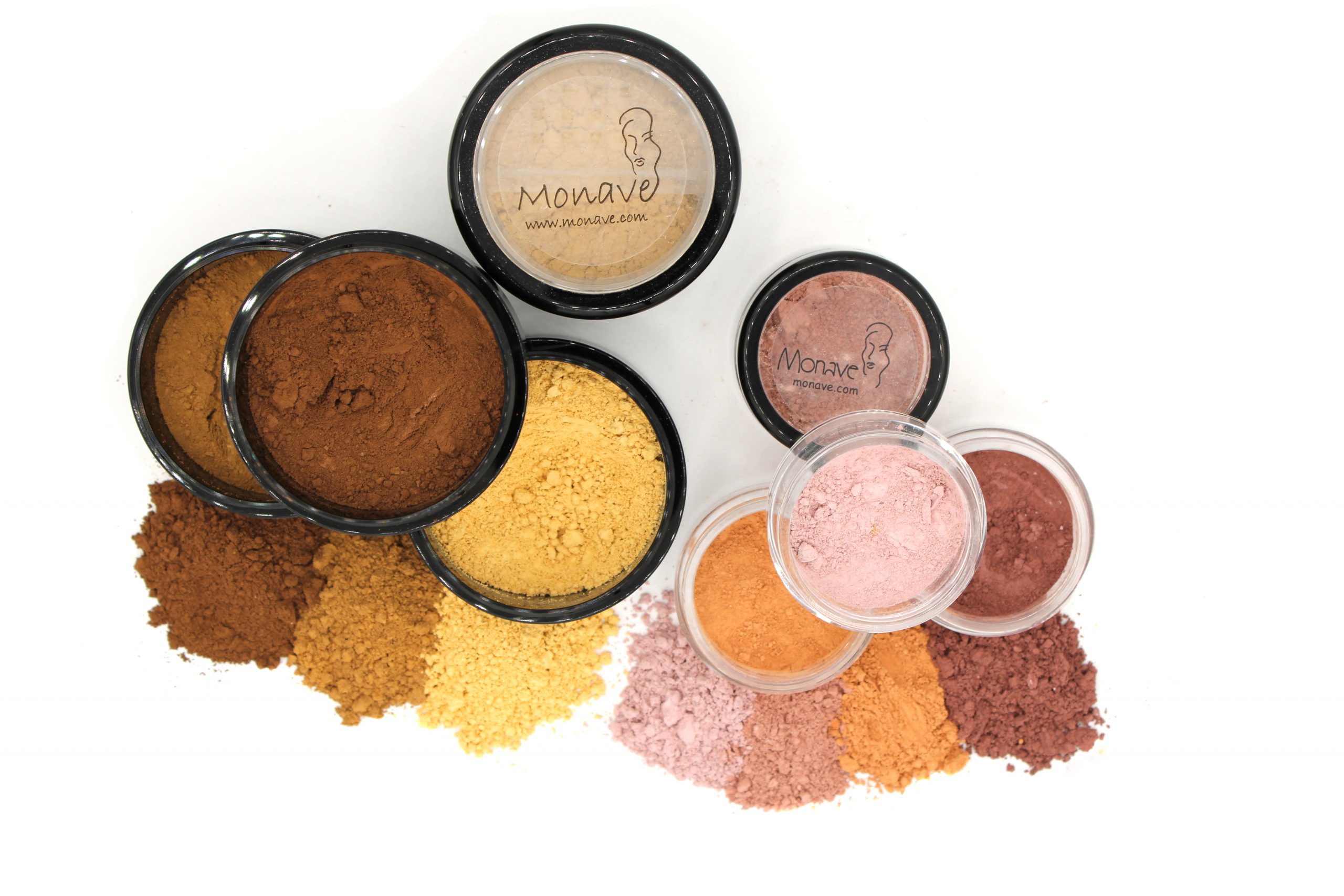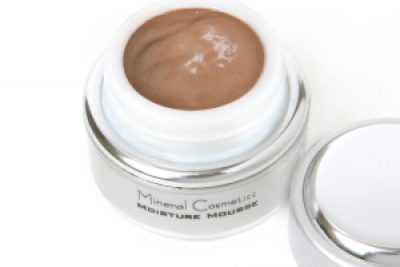Holiday gatherings for me are a bit of a nightmare. As a gluten-free vegan, these occasions can be difficult, unless I make a point to spend it with like-minded individuals. Oftentimes, family members, and friends who do not have food allergies or auto-immune responses don’t really understand how important consistency is in our diets and on a broader scale, our lives. They don’t understand how our already beleaguered sense of self plummets another notch when our skin develops rashes, itching, swelling, or break-outs. Beauty is a fleeting entity when housed in the body of a woman who has struggled with these issues.
I watched my mother almost starve to death from celiac disease. Luckily, in this new age of awareness of celiac and other auto-immune disorders, fatalities are less prevalent. But auto-immune disorders manifest in many different ways, throughout the life cycle. Maintaining discipline, and avoiding slip-ups diminishes the instance of cumulative responses that can spiral out of control and go from simple skin rashes, to whole body reactions that can be absolutely debilitating. But try explaining this to someone who just wants you to ‘try her pie” at Thanksgiving. Or the friend that says, “just a taste, it won’t hurt you that much” . Only we understand the powerful damage that our immune system can exact upon us, and as we age, experience stress, or physical trauma of any kind, the triggers and intensity of response can shift.
If the choice to be vegetarian is a spiritual or ethical decisions, it adds another layer to food-based gatherings, that gets down to the core of our very being. This is where our conversations about Spirit, morals, ethics, and Life-paths hold audience. When someone makes light of, fun of, or dismisses the importance of our decisions in our hearts, it can feel insulting, or simply cause unwanted emotional pain. With each glance at the holiday table, we are reminded of the suffering of the animals involved .
So, holidays? Not so much. Pie = wheat based crusts= gluten, or grains. Turkey = hormones, and/or animal suffering. Sauces = thickening agents with undisclosed allergens. Vegetables…are they organic? The list goes on: Soy, wheat, corn, oil, nightshades, sugars, yeast. When did food get so complicated?
This Thanksgiving marked another shift in my body’s relationship with food. The alarms were powerful and sudden, as they always seem to be. Unlike past years, I had a terrible, adverse reaction to the holiday dinner that I shared with my family. They’re all aware that I’m gluten-free and there was plenty for me to eat that didn’t have gluten. But something else went wrong that was a life-changer. It took a few months to determine what the triggers were and to heal from the damage. Luckily it didn’t spiral into a more severe reaction. Instead, it manifested as firey hives that started at the tops of my ears, and, with each passing day, multiplied, moving downward, until my hands, arms, chest, and abdomen were covered in tiny red, hot, itchy bumps.
An employee of the company who is well-versed in alternative medicines, noticing my suffering, gave me some incredibly effective anti-histamines from Asia, that had no side effects. They took the itching down to a minimum so my skin could start to heal. She also gave me neem to apply topically. These treatments were a huge blessing, but the real challenge still lay ahead: finding out what the culprit was.
My first target was the stuffing that I had made. I purchased the Glutino brand of stuffing, because it was conveniently located on a shelf at Whole Foods This is a corn-based stuffing. Big mistake. I usually completely avoid this brand, because their breads made both me and my son, who is also a celiac, extremely ill, for months, during the early part of 2015. Upon researching the ingredients, (which has recently become difficult, because without reading glasses, I can’t read the small text on food packaging) I was dismayed to see that the first ingredient was corn starch. This is not a non-GMO brand. I don’t believe any bread should be made from pure processed starch. A small percentage is okay, but for Glutino to name this bread ‘multi-grain’, and then use one of the worst grains for celiacs as the first ingredient, and on top of that, use only its starch, as well as others, is, in my opinion a fraudulent misrepresentation of the product.
Nonetheless, I purchased the Glutino corn-based stuffing, thinking, ” It can’t be bad to use something from this brand once in a while”, since by then, my household had already switched to a superior gluten-free bread from the Twelve Baker’s brand. Both my son and I had subsequently healed from the damage incurred by consumption of the Glutino breads. But isn’t that how we derail our own health? Is with this “it’s only a little bit”, or ” once wont’ hurt” mentality? I have known for some years, that my body has similar reactions to corn as it does to gluten-based grains, mainly reflecting as an aggravated respiratory tract. Some minor stuffiness and skin rashes are typically the result. But it depends upon what form that the corn is in, and I’ve never been able to pinpoint which variations effects me the most. But I have never had an extended break out from consuming corn. So, my suspicion is that consuming a half a pan of corn stuffing (yes, I did that) was a part of the problem, but not the whole problem. There had to have been other triggers.
I’ve always been taught to examine common allergens, and never to assume that because I’m not allergic to something on Monday means that I’m not allergic to it on Tuesday. Resistance and reactions to allergens can crop up at any point. So, I included a few other allergens into my collection of potential enemy foods, namely, tree nuts, and citrus. Not only had I added pecans to the stuffing at a family member’s request, but I also ate the filling from some pecan pie.
I was suspicious about citrus, because whenever an auto-immune reaction crops up, I look to recently introduced food habits for information. In late summer, I had begun adding lemon essential oil into my water each morning. Prior to that, I had used lemon wedges. Essential oils are very powerful. A DoTerra agent had suggested I try this method, since using lemon wedges can be inconvenient and a bit messy. Later on, I found out that lemons and limes have histamines, and my reaction was definitely a histamine reaction, so although I’ve healed, I will not go back to adding lemon essential oil into my water. Sometimes, simple is best for our bodies.
So, my healing journey began with the elimination of grains, (not just corn), tree nuts, and the lemon essential oil. Within two weeks, there was no more evidence of new hives, and within a month, my skin had completely healed. Going grain free, however, threw a monkey-wrench into my daily food preparations. I had gotten used to the convenience of eating bread once I discovered the Twelve Bakers brand, and would eat a few slices every morning, alternating with gluten-free granola. After my holiday break-out I made the decision to eliminate all grains, instead of just corn. I simply felt that anything with a question mark in terms of its possible effect on celiacs, should be avoided.

There is much documentation about grains, and their effect, especially on the human brain. My father suggested, several years ago, that I read a book called the Grain Brain, which details the effect of grain consumption on the human system. This among other bodies of research, has led many modern, first-world people to adopt the paleo diet. I’ve been reading medical articles for the last few years reversing prior advice to celiacs encouraging alternative grain consumption such as rice, quinoa and millet, referred to as ” ancient grains”. Instead, it is suggested that these grains, as well as corn, can do similar damage to us as the gluten-based grains.I didn’t fully embrace this concept until the evidence was right in front of my face. Accommodating it, however, has been a challenge, and has mandated that I make some changes in my daily routine due to much more time spent on food preparations. The results, however, have been fabulous.
While I haven’t lost weight, my abdomen has lost inches, which I believe to be from a lessening of inflammation in my gut. I have no more hives, nor itching. I’ve had many comments from people about the skin on my face looking better than ever. I don’t see it, but they do, perhaps because I see it every day, whereas, they have a gap of weeks or months, and notice the change. So, I’d like to share with you a few of the key changes I’ve made in my daily diet. I’m sharing this part of my journey on the off chance that it could help someone, as it has helped me. Someone who is sensitive to nightshades or starches/sugars, may not be able to add potatoes to their diet, as I have. There will need to be substitutions for folks avoiding soy (I use Tamari in my kale salad), or oils ( I use olive, and sesame oils), but these are not difficult to manage.

One of the first changes I made. was to eat potatoes in the morning, instead of grains. I did find some delicious grain-free granola, but at $8.99/bag, my budget couldn’t accommodate it. I have yet to find a paleo bread that I like, and haven’t had the time or the will-power to make my own grain-free bread. Those are great options as well for mornings. But for now, I slice and saute’ a half of an organic russet potato in cold-pressed olive oil, and lightly flavor it it with sea salt and cracked pepper. I top the small frying pan, so the moisture from the potatoes, along with the tsp of olive oil, is enough to cook them. It takes around 20 minutes, even though I slice them shoe-string style, to lessen the cooking time. This is delicious and hardy and gets me through the morning. I eat eggs, even though I don’t eat dairy, so the potatoes combined with the eggs, and a piece of fruit, provides a substantial meal to start off my day.
While it is cooking, I prepare a kale salad to get me through my workday. This is my daily lunch. Sometimes, I will also take along hummus or bean dip, with some chopped vegetables, as a boost to my calorie, carb, and protein intake. Beans have a high carb content, so if you have a beans/legume- rich diet, you have to worry about carbs less than you realize. In fact, the grain/bean combo favored by most vegetarians doubles up the carbs in each meal, so if your body is like mine, and you have trouble with weight gain, cutting out the grains, and getting your carbs from your beans is a viable option for balancing your caloric intake.
I make my salad based on color. Each color has distinct vitamins associated with it. So, I use leafy green kale (Could sub dinosaur kale, collard greens, or spinach), red cabbage, carrots, radishes, sometimes, yellow squash, and celery and scallions for added flavor. I toss this in my own dressing, made of Tamari, toasted sesame oil (I’d suggest measuring your oil, instead of drizzling, it since this can up your caloric intake), and a touch of ginger marinade. Sometimes, I’ll add a dash of balsamic vinegar. A good substitute for the Tamari, if you’re avoiding soy, would be Bragg’s amino acids. A dash of cider vinegar or lime is a nice addition as well. The dressing is really more for flavor than nutrients, so you can make it any way you prefer, but keep in mind, a vinegar of some kind, or lime juice, will help soften and break down the kale to make it easier to digest. One this is tossed, I let it sit for about ten minutes to soften the kale, then I add sunflower or other sprouts, a combination of raw sesame seeds and kelp granules, and some hemp seed hearts. I’ll often add a dried fruit, such as cherries. All of these ingredients are organic.
I’ve been avoiding nuts, such as walnuts, but these make a great addition. The idea is to keep it plant based, so no corn, eggs, or cheeses. For something richer in protein, cooked or sprouted beans can be tossed in as well. This is a very filling salad. I typically eat almost a head of kale a day. If you are on a budget, finding a local farm and joining their CSA is one way to cut the cost. Kale is also easy to grow, even if you just have a balcony or window sill so you should only have to purchase it in the Winter months. And when compared to the cost of a cappuccino or take out food, it is not an expensive lunch at all. It comes out to less than three dollars.
Well, that’s my story. These few changes have made all of the difference in the world. There are lots of other aspects of my food routine that I could go into, such as grain-free dinners but that’s for another post on another day.
Blessings,




